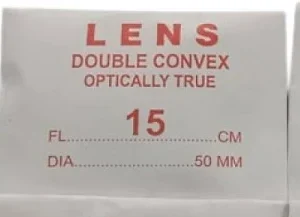Description
Eureka wire, also known as constantan wire, is an alloy of copper and nickel. It has a very low temperature coefficient of resistivity, meaning that its resistance changes very little with temperature. This makes it ideal for use in applications where a constant resistance is required, such as electric heating elements and strain gauges.
Eureka wire is typically made of 55% copper and 45% nickel. The exact composition can vary depending on the desired properties, but the copper-nickel ratio is usually kept close to this.
The resistance of Eureka wire is typically around 2.5 ohms per meter. This can vary depending on the composition and the diameter of the wire.
Eureka wire is used in a variety of applications, including:
- Electric heating elements: Eureka wire is used in electric heating elements because it can withstand high temperatures without losing its resistance. It is also a good conductor of heat, which helps to distribute the heat evenly.
- Strain gauges: Strain gauges are used to measure the amount of strain in a material. Eureka wire is a good material for strain gauges because it has a high resistance to change in resistance with strain.
- Thermocouples: Thermocouples are used to measure temperature. Eureka wire is a good material for thermocouples because it has a low temperature coefficient of resistivity.
- Other applications: Eureka wire is also used in a variety of other applications, such as resistance welding, rheostats, and ammeters.
Constantan wire is a versatile material with a wide range of applications. Its low-temperature coefficient of resistivity makes it ideal for use in applications where a constant resistance is required.








Leave a Reply